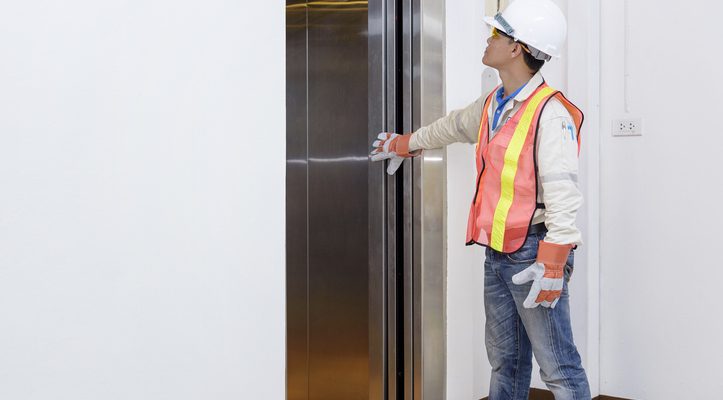Keep Your Elevators Running Smoothly
Elevators are a crucial part of any commercial, residential, or industrial facility. Ensuring that your elevators are properly maintained prevents breakdowns, extends equipment life, and keeps passengers safe. But, how can you know that your elevator maintenance provider is doing everything they should? In this blog, we’ll walk you through a comprehensive elevator maintenance checklist so you know what tasks should be on your provider’s radar.
Why Routine Maintenance is Critical
Not investing in routine maintenance can increase your liability risk if someone gets injured while riding on your elevator. Additionally, regular inspections can help you identify small problems before they become major issues. In each case, regular inspection and maintenance can help you save money in the long run.
The Elevator Maintenance Checklist Your Provider Should Follow
There are a couple of different types of elevators, and each will have their own necessary checks. Here’s what your provider should be completing for both traction and hydraulic elevators.
Traction Elevators
Traction elevators use a system of ropes and pulleys to move the car up and down. This is the most common type of elevator today. Every maintenance check, your provider should be looking at these items inside the car, in the hoistway, the machine room, and beyond.
Inside the Car
Your provider should be checking the door systems, door closing force, emergency light, emergency alarm, stopping accuracy, check lamps, and two-way communication system.
Car Top and Hoistway
The car top and hoistway have the most items to check out of all the categories. This includes checking the selectors, cables/compensation, governor rope, slide/roller guides and rails, car/hall door equipment, operator belts, safety circuit check, limit switches, and hoistway access switches. Additionally, it includes cleaning the top of the car and the hoistway.
Machine Room
Within the machine room, your provider should be checking the brakes, governor, rope brake, machine, brushes, routine controller, and fire extinguisher. They should also clean the room, as needed.
Pit
Like the machine room, the pit should be cleaned as needed. Your provider should also check the buffers, car/CWT, traveling cable, safety mechanisms.
Testing
Lastly, your provider must perform tests to ensure the elevator is functioning properly. They should conduct a fire service operation, along with a category 1 test and category 5 test annually.
Hydraulic Elevators
Hydraulic elevators use hydraulic fluid to move the car up and down. The pump forces air into a cylinder, which pushes a piston up. These are less common than traction elevators, but still widely used in some cases.
Inside the Car
Within the car, your operator should check the door systems, door closing force, emergency light, emergency alarm, stopping accuracy, check lamps, and two-way communication system. It’s very similar to the traction elevator checks seen above.
Car Top and Hoistway
Your provider must check the selector, lubrication of rails, car/hall door equipment, operator belts, safety circuit, limit switches, and hoistway access switches. They should also clean the hoistway.
Machine Room
In the machine room, your operator should check the tank oil level, pump and motor, controller, routine controller, and fire extinguisher. They should also clean the room and ensure the relief valve is sealed.
Pit
Within the pit, your provider should check the packing/oil lines, oil loss, and traveling cable. They should also clean the pit, monitor for corrosion, and ensure the overspeed valve is sealed.
Testing
Similar to the traction elevator systems, these elevators must also undergo tests. They include a fire service operation test, as well as category 1 annually.
Have Questions About Your Elevator Maintenance Checklist? We Can Help
If you have questions about your elevator maintenance checklist, reach out to the experts at Southwest Eelvator. We are a leading independent provider of elevator repair, maintenance, modernization, and new construction services. We’re standing by to answer any questions and help you with your next project.
Founded in Fort Worth, Texas, we are a team of elevator repair technicians certified by the International Union of Elevator Constructors (IUEC) who receive ongoing education throughout the year. When you work with us, you get a team that believes in service above all else. When other companies provide standardized services, we tailor our program to your exact needs. Contact us to learn more.

